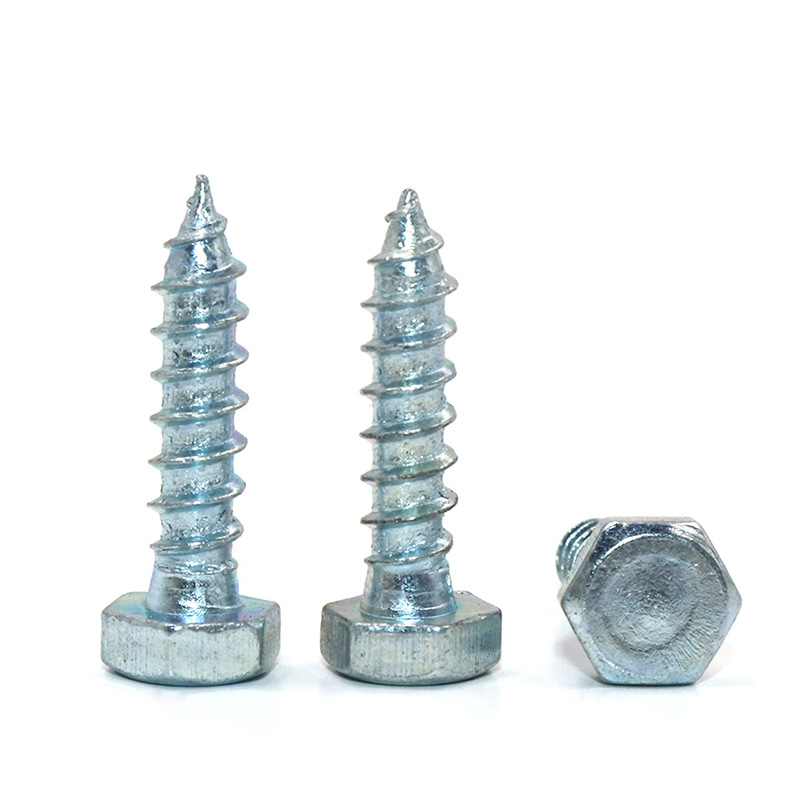

wide flat washer
Nov . 26, 2024 06:03 Back to list
wide flat washer
Understanding Wide Flat Washers Essential Components in Engineering
In the realm of engineering and construction, understanding the various components that contribute to the integrity and reliability of machinery and structures is crucial. Among these components, the wide flat washer, often overlooked, plays an essential role in various applications. This article aims to explore the significance, types, and applications of wide flat washers, offering insight into why they are fundamental to numerous engineering projects.
What Is a Wide Flat Washer?
A wide flat washer is a disk-shaped metal component with a hole in the center, designed to distribute the load of a threaded fastener, such as a bolt or screw, over a larger area. Its primary purpose is to prevent damage to the material being fastened, enhance stability, and reduce the risk of wear or tearing. Unlike standard washers, wide flat washers have a greater outer diameter, which allows for increased load distribution and enhanced performance in high-stress environments.
The Importance of Load Distribution
One of the core functions of wide flat washers is to distribute the load exerted by a fastener. When bolts or screws are tightened, they exert pressure that can create stress concentrations in the material being fastened. This can lead to deformation, cracking, or even failure of the material over time. By using a wide flat washer, the surface area that the load acts upon is increased, which helps mitigate these issues.
For instance, in applications involving softer materials such as aluminum or plastic, a standard washer might not provide sufficient support. The increased surface area of a wide flat washer reduces the likelihood of deforming the material and ensures a more secure and stable connection.
Various Materials and Designs
Wide flat washers come in various materials, including steel, stainless steel, aluminum, and plastic. The choice of material largely depends on the specific requirements of the application, including factors such as environmental conditions, corrosion resistance, and strength.
wide flat washer

- Steel Washers Often used in heavy-duty applications where high strength is needed. They can also be coated with different finishes, such as zinc plating, to improve their resistance to rust and corrosion. - Stainless Steel Washers Ideal for applications exposed to moisture and chemicals, thanks to their excellent corrosion resistance. - Plastic Washers Commonly used in electrical applications or environments where electric insulation is necessary.
Selecting the appropriate washer material is critical for ensuring performance and longevity in any project.
Applications Across Industries
Wide flat washers are used in a myriad of industries, from construction and automotive to electronics and aerospace. Some of the most common applications include
- Construction In construction, wide flat washers are frequently utilized in bolting connections for structural steel components, ensuring stability and safety. - Automotive In automotive manufacturing, these washers are integral for securing components within engines, chassis, and various assembly points, where vibration and movement can otherwise loosen fasteners.
- Aerospace In the aerospace industry, where safety is paramount, wide flat washers provide reliable fastening solutions in airframes and engines.
- Electronics In the electronics sector, plastic wide flat washers serve to insulate and support components in circuit boards.
Conclusion
In summary, while they may seem like simple components, wide flat washers are vital for achieving reliable and durable connections in various applications. Their ability to distribute load, prevent damage, and enhance the stability of assembled parts cannot be overstated. Whether in construction, automotive, aerospace, or any other field, the thoughtful application of wide flat washers contributes significantly to the overall safety and integrity of mechanical and structural systems. As engineers continue to innovate and seek higher performance materials, understanding and utilizing these essential components will remain a key aspect of effective design and assembly practices.
Latest news
-
Premium Self Tapping Metal Screws: Strong & Easy Install
NewsAug.02,2025
-
Premium Fasteners Manufacturer | AI-Driven Solutions
NewsAug.01,2025
-
Hot Dip Galvanized Bolts - Hebei Longze | High Strength, Corrosion Resistance
NewsAug.01,2025
-
High-Strength Hot Dip Galvanized Bolts - LongZe | Corrosion Resistance, Custom Sizes
NewsAug.01,2025
-
Best Self Tapping Screws for Drywall - Fast & Secure Installation
NewsJul.31,2025
-
High-Strength Hot Dip Galvanized Bolts-Hebei Longze|Corrosion Resistance&Customization
NewsJul.31,2025

